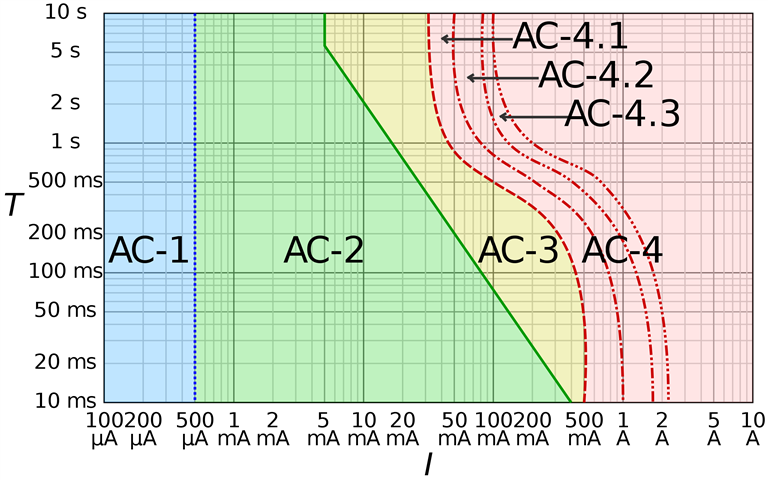Hi all, im trying to get my head round this question if anyone can help. Amendment 2 no longer requires us to record RCD x5 results; I understand this is due to manufacturers of type A RCD's utilising various test currents to achieve disconnection times, and that due to some meters not operating at these specific test currents many were returned as defective when they were okay, and it was the testing method at fault.
In the old 18th ed x5 tests operating within 0.04 s used to be recognised in an AC system (as well as other methods such as bonding ect) as providing additional protection. However, because we no longer need to verify this test, how can we be sure the RCD will offer this additional protection ?? The x1 test may fulfil the disconnection time of 0.4s for a TN system for example, but this test verif'ys fault protection only does it not ?. As an RCD is generally used for additional protection (in a domestic sense at least) then how can we be sure it offers additional protection without the x5 test ?
I realise the x5 tests on type A RCD's pose problems as mentioned above. Has it been decided then that if a 30mA RCD passes the x1 test then its more than likely to pass the x5 as well and so no need to verify ?? I cannot find a definite answer to this !

